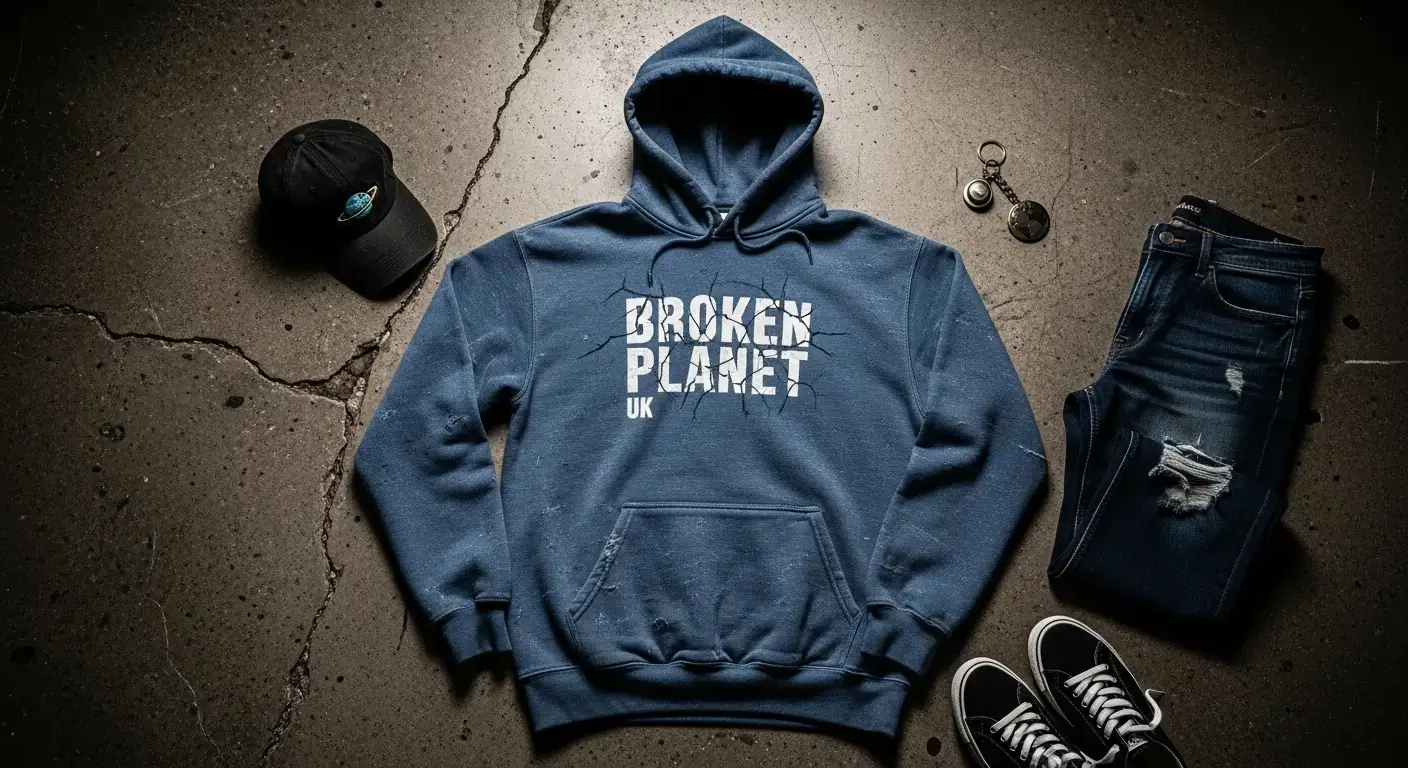The journey of a blank t-shirt or hat is complex. It transforms into a branded product. This process involves multiple stages. Understanding this flow is power. It helps you make smarter sourcing decisions. You can identify potential delays. You can also negotiate better prices.
This knowledge is crucial for any brand. It applies to both new startups and established businesses. We will demystify the entire supply chain. We will focus on bulk t-shirts and custom hats. You will see how raw materials become finished goods. This is the backbone of the headwear wholesale industry.
Stage One: Raw Material Sourcing
Every garment begins with raw materials. For t-shirts, this is usually cotton or polyester. Cotton is grown in fields across the globe. It is then harvested and ginned. The gin separates the cotton fiber from the seeds. This creates large bales of raw cotton. Polyester has a different origin.
It is a synthetic polymer. It is derived from petroleum. These polymers are melted and spun into fibers. The quality of these raw inputs is vital. It determines the final fabric’s feel and durability. Responsible sourcing is increasingly important. This includes organic cotton and recycled polyester.
Stage Two: Fabric Production And Dyeing
The raw fibers now become fabric. For Wholesale T-Shirts, this typically means knitting. Knitting creates a flexible, soft material. It is ideal for comfort and movement. For hats, weaving is more common. Twill and canvas are woven fabrics. They provide more structure and durability.
The next step is dyeing. This process adds color to the fabric. It can happen at various stages. Yarn dyeing colors the threads before weaving. Piece dyeing colors the finished fabric. Each method has different effects. Dyeing requires large amounts of water. Eco-friendly mills are improving this process. They use less water and safer chemicals.
Stage Three: Garment Manufacturing
This stage creates the final blank product. Cutters use patterns to shape the fabric. These shapes become the shirt’s front, back, and sleeves. For hats, the process is more complex. Multiple panels are cut and sewn together. The visor is often inserted and shaped.
This stage requires precision sewing. The quality of stitching is critical. It affects the garment’s longevity and appearance. Manufacturers produce in massive volumes. Their minimum order quantities are very high. This is why most brands do not buy directly from them. They rely on the next stage in the chain.

The Vital Role Of The Wholesale Distributor
Wholesale distributors are the bridge. They connect large manufacturers with smaller brands. They purchase blank t-shirts and hats in enormous quantities. They then store this vast inventory in their warehouses. This is the core of the headwear wholesale model.
Brands can then buy these blanks in smaller, manageable quantities. This system is incredibly efficient. It allows a small brand to access hundreds of product styles. They do not need to order ten thousand of one item. The distributor’s value is in selection and logistics. They handle the complexity of bulk storage and fulfillment.
Building A Strategic Relationship With Your Wholesaler
Your wholesaler is more than a vendor. They are a strategic partner. A good relationship provides many advantages. They can give you early notice on new products. They might alert you to potential price increases. They can also help with inventory planning.
Communication is the foundation of this relationship. Be clear about your needs and deadlines. Pay your invoices on time. Provide feedback on the products you receive. A strong partnership leads to better service. It can sometimes even lead to flexibility on minimum orders. This is especially helpful for growing brands.
The Decoration Process: Adding Your Brand
Once you have your blanks, customization begins. This is where your brand identity comes to life. For t-shirts, screen printing is a classic method. It uses stencils to layer ink onto the fabric. It is cost-effective for larger orders. Direct-to-garment printing is another option.
It is like using a sophisticated inkjet printer on the shirt. It is perfect for complex, multi-colored designs. For wholesale custom hats, embroidery is the dominant technique. It uses needles and thread to stitch the design. It creates a premium, textured finish. Each method has different setup requirements and cost structures.
Quality Control At Every Stage
Quality is not a single step. It is a continuous process. It starts with inspecting the blank garments. Check for loose threads or fabric flaws. Look for consistent coloring across all pieces. After decoration, inspect the print or stitch. The design should be centered and straight.
The colors should match your original artwork. For embroidery, check the stitch density. It should be tight and uniform. Poorly done embroidery can cause puckering. Implementing a strict quality control protocol is essential. It protects your brand’s reputation. It ensures your customers receive a perfect product.
Logistics And Fulfillment Strategies
Your products are printed and approved. Now they need to reach your customers. This is the fulfillment stage. You have several options for handling this. You can manage everything in-house. This means storing inventory and shipping orders yourself.
This gives you full control but requires space and labor. Another option is to use a third-party logistics provider. A 3PL stores your products in their warehouse. They pick, pack, and ship orders for you. This scales easily as your business grows. Some decorators also offer fulfillment services. This creates a streamlined, end-to-end solution.
Understanding True Landed Cost
The price of the blank garment is just one part. The true cost includes many other factors. This is called the “landed cost.” It is the total cost to get a saleable product to your door. It includes the price of the blank t-shirt or hat. It also includes the customization cost.
Do not forget shipping fees from the wholesaler. Add in any import duties or taxes. Include the cost of any labels or tags. Calculating the true landed cost is critical. It prevents you from under-pricing your products. It ensures you maintain a healthy profit margin.
The Power Of A Diversified Product Line
Relying on a single product is risky. A diversified line spreads that risk. Start with a core t-shirt. Then, add a complementary headwear item. A classic cotton tee pairs well with a structured cap. A premium tri-blend tee matches an unstructured dad hat.
This approach offers customers choice. It also increases your average order value. A customer might buy a shirt and a hat together. They may return later to buy a different style of hat. Your product line tells a broader brand story. It shows depth and commitment to your niche.
Adapting To Market Shifts And Disruptions
The supply chain is not always stable. Disruptions can and will happen. A pandemic can halt factory production. A shipping container shortage can cause delays. The cost of cotton might suddenly increase. Building a resilient business means planning for this.
Do not run your inventory too lean. Keep a safety stock of your best-selling items. Build strong relationships with multiple suppliers. This gives you options if one runs into trouble. Stay informed about global events. This proactive approach helps you navigate challenges. It keeps your business running smoothly.
Leveraging Data For Smarter Inventory
Gut feelings are not enough for inventory management. Data should drive your decisions. Use your sales analytics to identify trends. Which t-shirt color sells out first? Which hat style has the highest turnover? This data informs your next wholesale purchase.
It helps you avoid over-ordering slow-moving items. It ensures you have enough stock of your top sellers. Many e-commerce platforms provide detailed reports. Review these reports regularly. They are a goldmine of actionable information. Smart inventory management reduces storage costs. It also maximizes your cash flow.
The Future Of Wholesale Apparel Sourcing
The industry continues to evolve. Technology is driving major changes. On-demand manufacturing is becoming more sophisticated. This could reduce the need for large bulk inventories. Digital printing technology is advancing. It allows for more detailed and vibrant designs.
Sustainability is shifting from a trend to a standard. Wholesalers are expanding their eco-friendly product lines. Blockchain technology may soon provide full supply chain transparency. Customers could scan a tag to see a product’s entire history. Staying informed about these innovations is key. It will prepare your brand for the future.
Mastering Your Supply Chain
A deep understanding of the supply chain is a competitive advantage. It allows you to source bulk t-shirts and custom hats efficiently. You can build a reliable and profitable apparel brand. Start by mapping out your own supply chain. Identify your key partners from manufacturer to fulfillment.
Look for areas where you can improve efficiency. Perhaps you can consolidate orders. Maybe you can find a wholesaler with faster shipping. Continuous optimization is the goal. Your knowledge directly impacts your bottom line. Take control of your pipeline today. Build a stronger, more resilient business for tomorrow.



